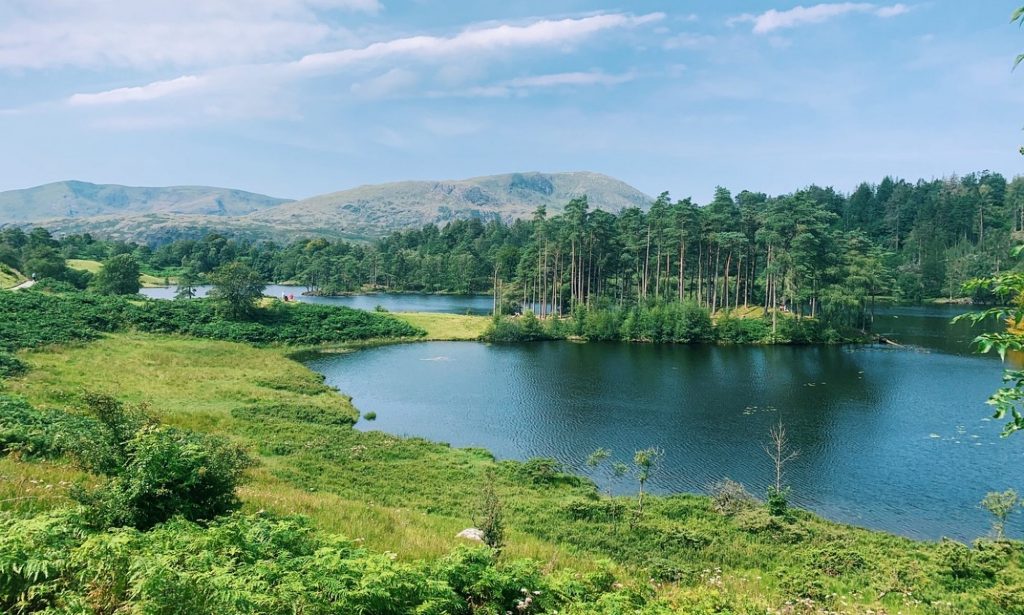In light of the upcoming assessment I wanted to publish the most up to date figures, engagement and feedback relating to the Nature In Community.
This update post is a direct continuation of my earlier post which showcases all of the content on the Nature In Community at that stage, this post merely adds to that collect of content and feedback to ensure all new data is recorded.
Nature In Content Update

I can proudly share that the Nature In Community now has over 50 members and counting! These members come from all around the world ranging from Australia to America, the UK and beyond.
Reflection– It has been a huge effort to grow the community to this size in a matter of weeks but one that has been very worthwhile. Forming this community has provided a space for not only myself but others in natural design to pour out ideas and provoke discussion and thoughts. I am very excited to see where this community can go and feel driven with a true sense of purpose to take it there.
The range of global stakeholders provides a holistic view of the current usage, knowledge and acceptance of biophilic design across the world, which is vital in learning how and where change can be instigated. It also allows new inspirations and ideas to occur as everyone has very different backgrounds, cultures and viewpoints.
Community members have begun posting their own content in the community, as I have encouraged. The first two images show original content shared by Andrea Bariselli who is the founder of Strobilo and whom I met whilst assisting in the Planted Event. The second two images are from new connections I have made brining them into the community and they have posted short introductions to the community.
Reflection – The collaborative effort to meet the shared goal of integrating nature into city spaces is beginning to take shape here through members contributing their own content. I aim to have more community members posting content and ideas in the group, this is something I am going to focus upon over the coming weeks.
The content from Andrea is particularly interesting and in line with the aims and message of the community, as it breaks down the key points of an academic paper and explores why nature helps to improve our wellbeing, whilst linking directly to his profession.
(Critique) – However, I do recognise that the content of Andrea’s post is still very complex and someone from a none academic background may struggle to understand some of this post. Therefore, I am really focusing upon gathering members form all background so that some content my be more academic, like this, which provides clearly factual grounding for the concepts of biophilia. But then that other posts will be much more of a break down of ideas and concepts around biophilia in laymen’s terms.
Once someone joins the community I reach out with a message thanking them for taking part and asking if they would share a short intro to themselves, their work and link to interest to natural deign. I also state here that community discussion is encouraged and that they should feel free to post any thoughts/ problems/ ideas they have relating to natural design. Many members have continued to post introductions to themselves, however sharing own content of thoughts and ideas is proving a slower process to encourage. But I am confident this can be achieved as many members are very keen to get involved in the conversation and have been eager to help if they can relating to my project.
I have also continued to have overwhelmingly positive repossess from those I have been contacting on LinkedIn to join the community.
Reflection – The positive responses suggest that forming this community was exactly what was needed for the space of biophilic design and is an endeavour which I am optimistic can generate real change in the integration of nature into city spaces.

I have also started to see community members recommending others that I should contact to join the group, which is very beneficial in creating a true sense of collaboration and community in that everyone is contributing to the space that it being developed.
Reflection – This recommendation of members also helps to overcome issues in my own biases meaning I often subconsciously target people of work that I find interesting or that I feel could be of value to the community. However, members being added through recommendations helps to create a diverse space that interests all members of the community and pushes my knowledge and ideas of what can be achived.
Overall Reflection and Evaluation
The community has gotten off to a great start in attracting top professionals and engaging members in the common goal of educating in biophilia and how it can be innovatively integrated into city spaces.
The challenge is to sustain this growth and engagement and begin collaboration between member stop develop ways to apply nature in city spaces that can then be conducted in city spaces. To work on maintaining these factors I will refer back to the work of Bowes (2002) on building online professional communities.
To become more educated on how to effectively build the Nature In Community further, I intend to read the following:
Barrett, M., Oborn, E. and Orlikowski, W., (2016). ‘Creating value in online communities: The sociomaterial configuring of strategy, platform, and stakeholder engagement’. Information Systems Research, 27(4), pp.704-723.
Faraj, S. and Wasko, M.M., (2001). ‘The web of knowledge: An investigation of knowledge exchange in networks of practice.’ Paper submitted for publication.
Seddon, K., Skinner, N.C. and Postlethwaite, K.C., (2008). ‘Creating a model to examine motivation for sustained engagement in online communities’. Education and Information Technologies, 13(1), pp.17-34.
Thomas-Hunt, M.C., Ogden, T.Y. and Neale, M.A., (2003). ‘Who’s really sharing? Effects of social and expert status on knowledge exchange within groups.’ Management science, 49(4), pp.464-477.
